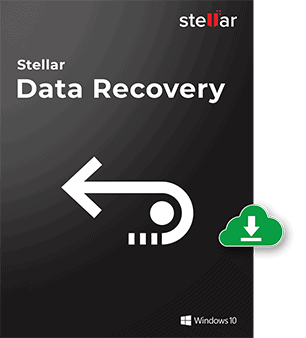Dead Hard Drive Recovery: Breaking the Spin Cycle
Updated: 1/17/2019
What do you do with a dead hard drive? You can use it as a paperweight, a doorstopper, or a bookend. You can even make it into a clock. But before you do any of those things, you should think about the data still living on that hard drive. Just because your hard drive has passed on doesn’t mean you can’t see those files again.
What Makes Your HDD Spin Down?
When your hard drive spins up and then spins down, there are two possible culprits. Just as in cases where the disks are not spinning at all, one possibility is that the printed control board is failing and cannot send enough power to the spindle motor, which spins the drive’s hard disk platters. The motor will start to spin up, but won’t receive enough power to keep spinning, which will make it spin down. The other possibility is that the spindle motor itself is failing and can no longer properly spin the platters. This can happen if the motor’s lubricant starts to dry out, or if the drive’s read/write heads start impeding the motion of the spinning platters.
In either case, if you can’t get those platters spinning properly, your hard drive is just about as dead as a doornail. Hard drives are very complex pieces of technology, but when you get right down to it, the things inside them aren’t much different from the stuff that makes DVDs, CDs, and even vinyl records work. From the 19th century to the present day, from wax gramophone cylinders to dual-layer Blu-Ray disks and high-density hard drive platters, we’ve followed one principal rule. If you want to get any data off of the drive, those disks need to spin.
How to Recover Data From a Dead Hard Drive
When your hard drive is in rough shape, like this client’s, there’s only one way to reliably recover data from it. With failed mechanical parts, no amount of software tools or DIY tricks in the world can help you. You need to send the drive to a professional data recovery lab with experienced hard drive repair specialists and the proper tools. Opening up, evaluating, and repairing a failed hard drive takes special tools, steady hands, and lots of practice. These procedures, no matter how small, must always be left to professional hard drive data recovery specialists.
Our engineers took this hard drive into our cleanroom to safely evaluate the status of its internal components. Our data recovery experts, with years of experience in repairing hard drives, could immediately see what was making the hard drive’s motor spin down.
The hard drive’s read/write heads were rubbing up against the platters and impeding their movement. Usually, when these situations happen, the catastrophic head crash causes both the heads and platters to sustain some damage. Frequently, these “rubber” cases cause the platters to stop spinning entirely, which can cause the motor to completely burn itself out.
Data Recovery Software to recover
lost or deleted data on Windows
If you’ve lost or deleted any crucial files or folders from your PC, hard disk drive, or USB drive and need to recover it instantly, try our recommended data recovery tool.
Retrieve deleted or lost documents, videos, email files, photos, and more
Restore data from PCs, laptops, HDDs, SSDs, USB drives, etc.
Recover data lost due to deletion, formatting, or corruption

Dead Hard Drive Recovery Case Study: Breaking the Spin Cycle
In this case study, our client had a dying hard drive filled with their important Quicken documents. The hard drive would spin up, like any healthy hard drive would. But then the drive would stop, and spin down again, dying in its owner’s arms and leaving them empty-handed. Fortunately, our client’s local computer repair technician referred them to our data recovery lab here at Gillware to help them with their little “spin cycle” problem and recover data from their dead hard drive.
Drive Model: Seagate Barracude 7200.12 ST3250312AS
Drive Capacity: 250 GB
Operating System: Windows
Situation: Hard drive spins up and spins down, making faint noises, and won’t appear in any operating system
Type of Data Recovered: Quicken data and documents
Binary Read: 44%
Gillware Data Recovery Case Rating: 10
Dead Hard Drive Recovery Results
The client in this data recovery case, however, got off easy. Their hard drive’s read/write heads hadn’t clamped down on the platters. They merely had introduced just enough friction to make the disk platters spin down whenever the client tried to turn their hard drive on. After carefully and gently pulling the read/write heads away from the platters, our engineers could test the heads. In many cases, rubbed heads can end up severely damaged or mangled. However, these read/write heads were still functional enough that, with the help of our fault-tolerant imaging and analysis tools, our engineers could still use them to read data from the drive. Our engineers didn’t see any damage to the hard disk platters that was visible to the naked eye.
After resuscitating this client’s hard drive, our engineers ended up reading 100% of the sectors on the drive’s platters. With 100% of the file definitions and directory structure, and 100% of the user’s files themselves, this looked like as perfect of a recovery as possible. Our data recovery technicians tested the client’s most important Quicken files for corruption and found that the files worked perfectly. We rated this Seagate data recovery case a perfect 10 on our ten-point case rating scale.
Let Gillware take your hard drive for a “spin” and get your data back safely.

